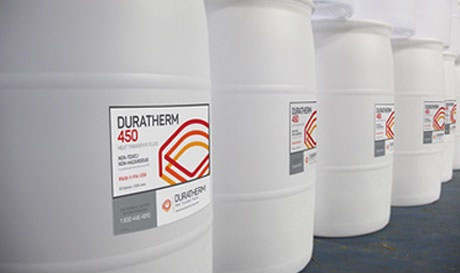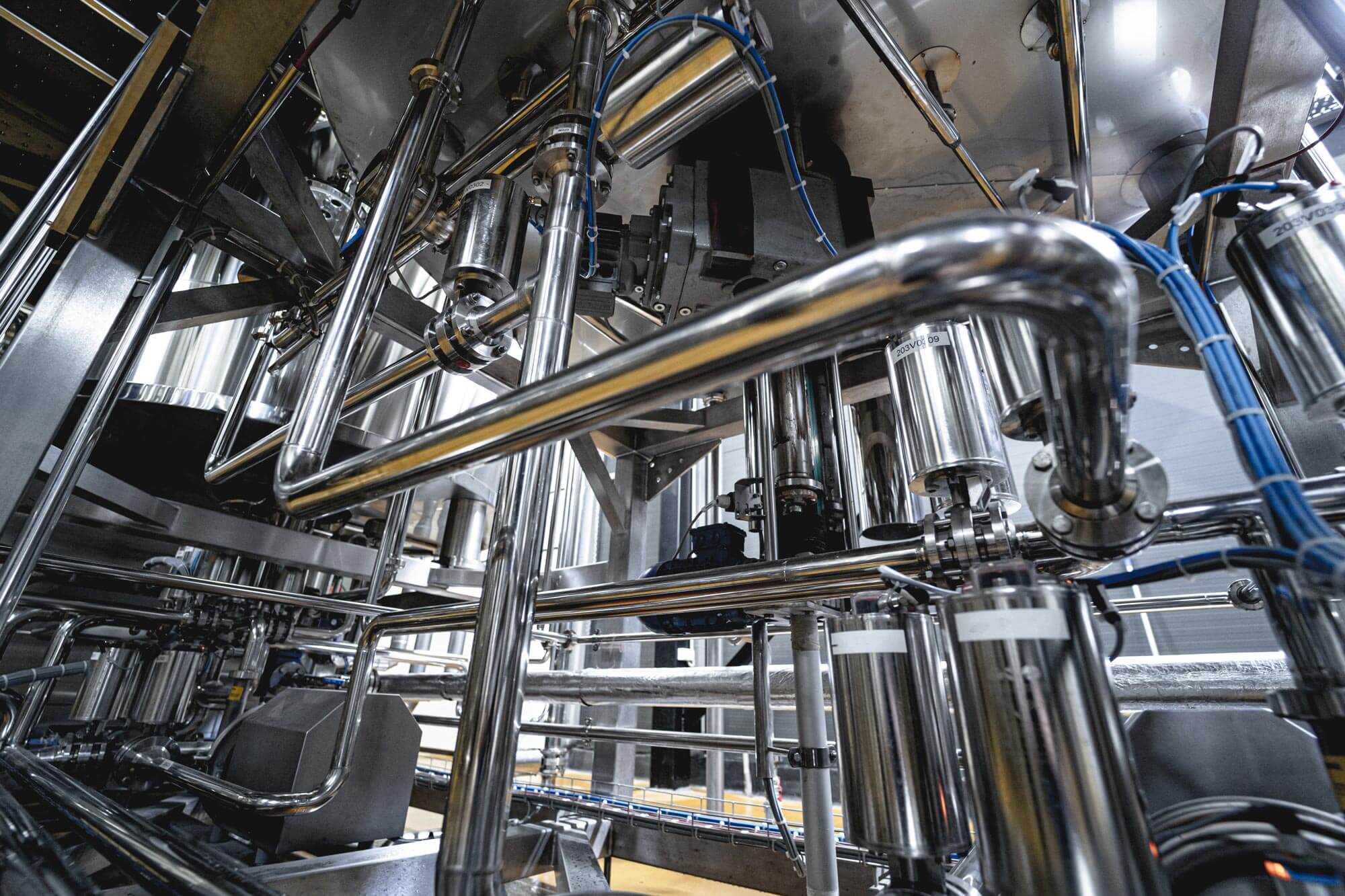Key Benefits of Using a High-Performance Heat Transfer Fluid
Wiki Article
Why Warmth Transfer Fluid Is Crucial for Optimizing Energy Transfer in Systems
The duty of heat transfer liquids in optimizing energy transfer is crucial for attaining effective thermal administration across numerous industrial sectors. These liquids promote smooth heat exchange, guaranteeing procedures operate within optimal temperature level ranges and alleviating the risk of getting too hot. Their selection, based upon variables like thickness and thermal stability, straight affects the efficiency and sustainability of a system. Nevertheless, the complexities of picking the best liquid are frequently taken too lightly. What are the critical considerations for this option, and exactly how do they influence both financial efficiency and environmental responsibility in industrial applications?
Role in Thermal Management
Heat transfer fluids play a vital function in thermal management by efficiently controling temperatures in numerous industrial procedures and systems. These specialized fluids facilitate the transfer of warm between various parts, making sure ideal operating conditions and avoiding getting too hot. By maintaining accurate temperature control, heat transfer fluids allow industries such as chemical manufacturing, oil and gas, and power generation to run securely and effectively.The option of an ideal warmth transfer fluid depends upon numerous variables, including thermal security, warmth capacity, and viscosity. High thermal security ensures that the liquid can endure extreme temperatures without degrading, while a high heat capability permits it to absorb and release substantial quantities of warm - heat transfer fluid. Reduced viscosity lowers the energy needed for pumping, contributing to total system effectiveness
In addition, warm transfer fluids are important in applications like refrigeration, where they assist take in and dissipate warmth throughout the cooling cycle. In solar thermal energy systems, these fluids capture and transport solar warmth to produce electrical power or give hot water. Their versatility to varied operating conditions and capability to preserve constant thermal performance highlight their value in commercial thermal monitoring, helping with operational connection and improving precaution.

Enhancing System Effectiveness
To optimize the benefits of thermal administration, boosting system effectiveness through the calculated usage of warmth transfer fluids is paramount. By keeping ideal temperature degrees, heat transfer fluids assist guarantee that systems run within their designed criteria, thus protecting against getting too hot and minimizing the threat of component failure.
Sorts Of Warmth Transfer Liquids
The variety of warmth transfer fluids highlights their important duty in an array of commercial applications, each customized to satisfy particular thermal administration requirements. These fluids facilitate reliable power transfer and are chosen based on key residential or commercial properties such as thermal stability, thickness, and warmth capability. The main types consist of water, glycol options, oils, and synthetics, each offering unique advantages.Water is the most common warm transfer medium due to its high certain heat ability and low price. Mineral oils are favored for their thermal security and non-corrosive nature, making them appropriate for high-temperature applications.

These liquids make certain premium efficiency in systems where typical liquids might stop working. The choice of a warm transfer fluid is crucial, as it influences system efficiency, safety and security, and long life.
Environmental and Economic Conveniences
Using the right warm transfer fluids uses substantial ecological and economic benefits for industrial procedures. Environmentally pleasant warmth transfer fluids, often naturally degradable and non-toxic, lessen the threat of additional reading soil and water contamination in the occasion of leaks or spills, consequently protecting environments and complying with rigid ecological policies.Financially, the you could try here ideal warm transfer fluid can considerably decrease operational prices. Liquids with prolonged lifecycle performance decrease the regularity of substitutes and maintenance, reducing downtime and associated prices. Generally, the calculated use of optimal warmth transfer liquids supports lasting financial growth and ecological stewardship.
Picking the Right Fluid
Just how does one navigate the intricate process of picking the appropriate warm transfer liquid for industrial applications? Picking the suitable liquid is important, as it directly influences system effectiveness, security, and functional costs. Trick considerations consist of thermal stability, compatibility with system materials, and running temperature variety. Thermal security guarantees the liquid can endure heats without deteriorating, while compatibility protects against corrosion or various other detrimental reactions with system elements. The operating temperature level range need to align with the system's requirements to preserve efficiency and longevity - heat transfer fluid.Additionally, the fluid's warm capability and thickness are vital. A high warmth ability permits the liquid to absorb and transfer more energy, enhancing efficiency. Optimal viscosity ensures minimal pump job and reliable warmth transfer, specifically in differing temperature levels. Environmental and security elements ought to also become part of the decision-making process. Non-toxic, biodegradable liquids lower ecological effect and follow regulative standards, lessening liability dangers.
Final Thought
The tactical selection and application of warmth transfer liquids are fundamental to maximizing power transfer across numerous systems. By making sure high thermal stability and ability, these liquids provide specific temperature level control and enhance total system effectiveness. This optimization contributes to minimized operational prices and lower greenhouse gas exhausts, therefore promoting sustainability. The option of fluid, customized to specific thickness and operational this post needs, is important for optimizing performance and accomplishing economic and ecological advantages in industrial procedures.Report this wiki page